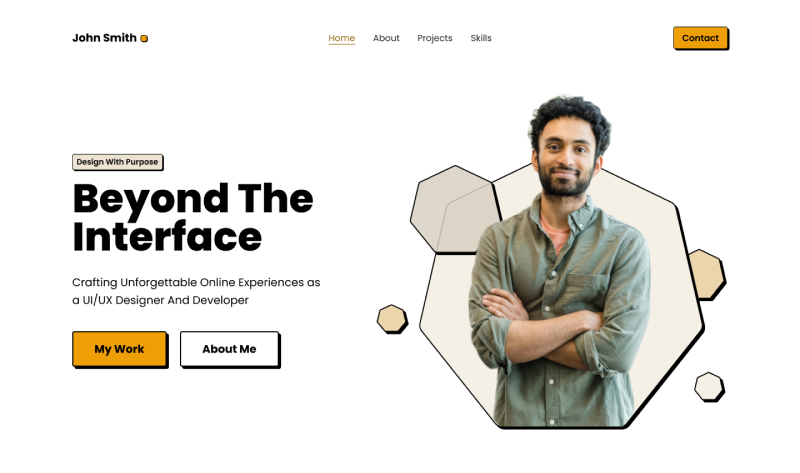Portfolio Website Tips And Tricks

Three Key Strategies to Elevate Your UX/UI Design Portfolio
As a UX/UI designer, your portfolio website is more than just a collection of work samples—it's the cornerstone of your career. This platform not only helps you land your first industry role but also serves as a space to showcase your evolving skills and creative prowess. Here, you have the unique opportunity to make design decisions that truly reflect your individuality—from choosing colors to defining the aesthetic. Ideally, your portfolio should be revisited and refined annually, mirroring your growth and expanding expertise within the industry.
Given that hiring managers often spend only a brief moment reviewing each candidate's portfolio—sometimes less than a few minutes amid hundreds of applications—it's crucial to maximize this fleeting opportunity. Here are three effective strategies you can implement today to distinguish your portfolio in a crowded field.
1. Master the Art of White Space
White space, a fundamental element of design, is crucial for creating visually appealing and easy-to-navigate portfolios. While it's tempting to fear overuse, most designs actually suffer from a lack of sufficient white space. Whether you're developing a content stack, crafting a hero section, or spacing headings and body text, leaning into generous white space can dramatically enhance your design.
For those aiming for precision, the 8-point grid system offers a meticulous framework for handling margins, paddings, and other spacing elements. For a deeper dive into this method, I encourage you to explore my detailed article on leveraging the 8-point grid system in your designs.
Below, compare two hero section examples: the first cramps elements with minimal white space, while the second breathes freely, employing the 8-point grid system to achieve a cleaner, more professional look. This approach not only improves aesthetic appeal but also enhances the scannability of your site, optimizing those critical initial impressions.


2. Craft Compelling Marketing Copy
The power of persuasive copy in your portfolio cannot be overstated, particularly in the hero section—the prime real estate of your website. While it's easy to default to simple greetings or job titles, creative and engaging copy can set you apart from the masses.
Consider the difference between a generic headline and one that captures attention with wit or a unique value proposition. This subtle shift can significantly impact your memorability. Tools like ChatGPT can aid in generating initial ideas, but the final touch—infusing your personal flair—will make your text resonate more deeply with hiring managers.


3. Refine Your Case Study Pages
Arguably the most crucial element of your portfolio, the case study page should be crafted with meticulous attention to detail. This is your chance to go beyond mere displays of your work; it's about storytelling, highlighting the challenges tackled and the impact made.
Here's a robust framework for your case studies:
- Introduction: Set the stage with an overview of your role, tools used, and project timeline. An early showcase of the final product can instantly engage viewers.
- Goal: Clarify the project's objectives, including any new aspirations for the redesign or development.
- Research: Present key insights from your research succinctly, avoiding exhaustive detail.
- Design Considerations: Discuss the design queries and decisions that shaped the project's direction.
- Visual Language: Illustrate the design aesthetics and components employed, showcasing your fluency with design systems.
- The launch: Describe the culmination of your efforts—the launch, underscoring the strategic design choices made.
- Impact: Quantify the success of your project with compelling metrics to impress stakeholders and potential employers.
Conclusion
If you've reached the end of this post, I commend your dedication to advancing your career. Implementing these three strategies—effective use of white space, compelling marketing copy, and detailed, engaging case studies—can significantly enhance your portfolio's appeal, ensuring you not only catch the eye of hiring managers but also leave a lasting impression.
Remember, your portfolio is a dynamic tool of your trade. Regular updates and thoughtful refinements can transform it into a compelling testament to your professional journey and design philosophy.